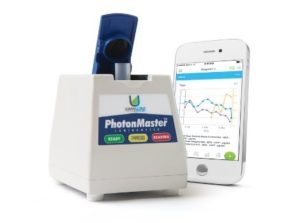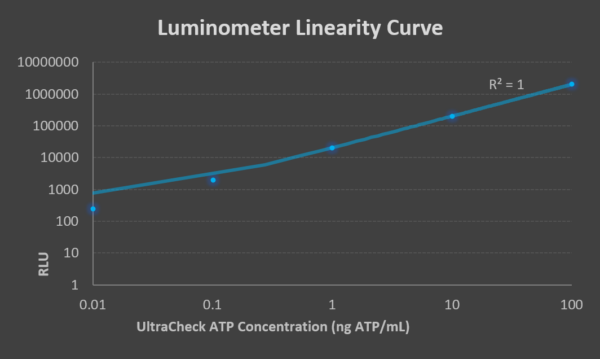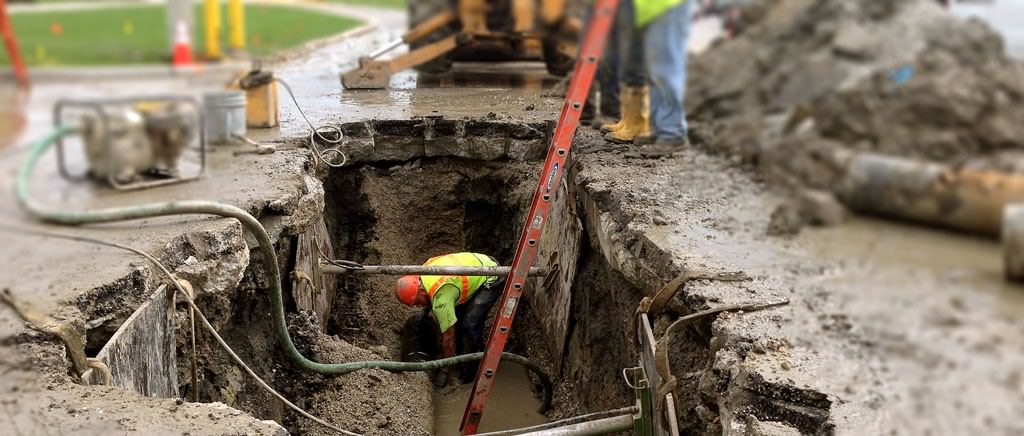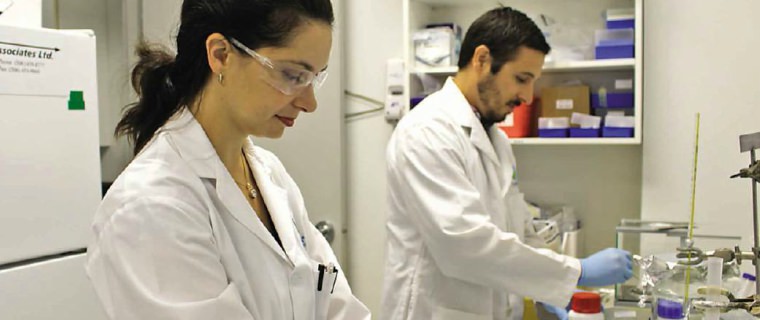
So why should you be checking the linearity in-house?
While our PhotonMaster Luminometers are built tough to withstand travel and field-use, build-up within the assay tube chamber from spilled samples, damage to the unit from drops or other major shocks, or exposure to strong magnetic fields, extreme temperatures or helium gas can result in light leakage and reduced sensitivity. Therefore, it’s important to check the linearity annually as part of a routine maintenance program and after any major impacts, large spills or if the unit was exposed to any extreme environmental conditions to ensure the unit still meets all specifications and that you’re getting the most accurate ATP results.
How do you do a linearity check and is it complicated?
It’s a very simple procedure and it takes about 10 minutes to complete; if you’ve ever run an UltraCheck calibration, it’s just a matter of running 5 UltraCheck calibrations with a series of ATP solutions. It’s best to clean your luminometer before beginning the linearity check and our Maintenance Kit (LMK-5C) includes all the cleaning supplies and reagents required to perform up to 5 cleanings and 5 linearity curves. Here is a general overview of the protocol:
- Dispense 100 uL of Luminase to 5 new 12x55mm assay tubes.
- Start with the 0.01 ng ATP/mL UltraCheck solution and add 100 uL (2 drops) to the first assay tube. Take the reading immediately in the Luminometer and record the RLU value.
- Repeat for each remaining ATP concentration (0.1ng, 1ng, 10ng, and 100ng ATP/mL).
- Plot the UltraCheck concentrations on the x-axis and the obtained RLU values on the y-axis of a log-log scale and calculate the R2 value:
For simple calculations use myLuminUltra to record results and automatically calculate the R2 value. A value of 0.99 or greater is considered excellent linearity and you can be confident that your luminometer is functioning well across all ATP levels. If you have any questions about your luminometer, or would like other tips and tricks, please contact our LuminUltra Technical Support team.












